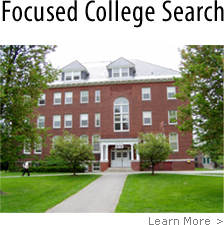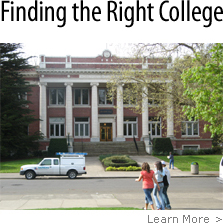How Can We Help
Comprehensive Advising Services
Resources, Experience and Perspective
Getting Started
Welcome to College Search U!
Thank you for visiting CollegeSearchU.com! Learn our approach to navigating the college search process. Discover how we assist students in Maine, Massachusetts, and elsewhere with college application preparation, including college essays, and help parents and students integrate all key criteria (academic, social, AND financial) into college planning.
Find out how our extensive experience in higher education means our advisory services and post-secondary guidance are grounded in the realities of today’s college admissions landscape.
College Search U Special Bulletin
5 Tips to Get You Started in the Financial Aid Planning Process
1. Don’t Wait. There is a lot of dated and misleading information that perpetuates the myth that it’s fine to “apply first, then leave financial considerations until the end,” to quote the website of a nationally known university. Admission today in no way guarantees that the college will provide sufficient aid to make enrolling financially wise. The onus is on families to understand and prepare for this reality, and that means starting the financial aid planning process as early as possible.
#2. Find out your estimated student aid index (SAI). Even if you don’t think you’ll qualify for financial aid according to federal or institutional formulas for determining aid eligibility (through FAFSA and CSS/PROFILE respectively), you should still find out your federal SAI (formerly known as EFC) by using the FAFSA calculator (https://studentaid.gov/aid-estimator/estimate/student-information ). Anyone filling the FAFSA can qualify for unsubsidized Federal student loans even if unqualified for receiving any grant aid or other type of federal loans.
#3. Familiarize yourself with FAFSA and CSS/PROFILE methodologies for determining aid eligibility. For example, among the key components of the federal/FAFSA methodology is that the base year used to determine aid eligibility is “prior prior year” for students starting college in the fall of 2017 and after. This means that the financial information collected through the FAFSA form will be based on the IRS return for the tax year ending in December of a college-bound student’s junior year of high school.
#4. Recognize the difference between ABILITY to pay and WILLINGNESS to pay because colleges most definitely have.
#5. Integrate affordability with other central criteria in exploring colleges. If paying for college is a concern, look for colleges with lower potential net cost that also represent a potential right fit with the student’s admission profile, academic and extracurricular interests, and career considerations.
Contact Us for more information.




